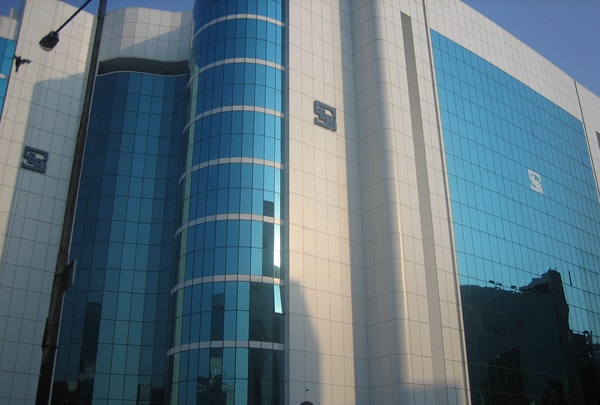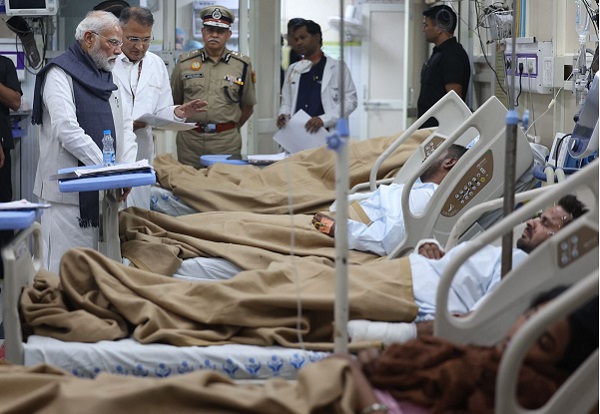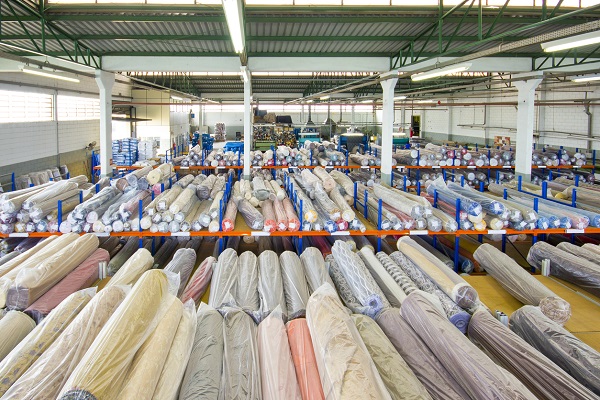.png)
November 13, 2025 at 12:01 PM IST
On November 12, the Cabinet approved amendments to the Mines and Minerals Act, shifting royalty rates for graphite, zirconium, rubidium and caesium to an ad-valorem structure of 1–4% of average sale price, replacing the old per-tonne system.
The lower rates are meant to attract bidders in upcoming mineral-block auctions and boost domestic production of materials essential for EVs and electronics.
But India faces a more fundamental problem: even if mining expands, the country still lacks the processing capacity to convert these raw minerals into high-purity materials usable in batteries, chips, optics and advanced manufacturing, thinktank GTRI said in release.
Graphite is the only partial exception—companies like Graphite India and Epsilon Advanced Materials can upgrade natural or synthetic graphite for electrodes and battery anodes, though India still imports much of its higher-grade input.
For zirconium, India produces beach-sand zircon but has little capacity to refine it into the high-purity metal and compounds needed in electronics and specialty alloys.
And for rubidium and caesium, domestic capability is almost non-existent: exploration is just beginning, and India has no refining infrastructure for high-purity salts or metals.
As a result, Indian manufacturers remain heavily dependent on imports or on Chinese processors to turn domestic ore into usable industrial material, said Ajay Srivastava, founder of GTRI.
If India wants real self-reliance in EVs, electronics and strategic manufacturing, boosting mining is not enough—it must develop a full domestic processing ecosystem alongside it, he said.



